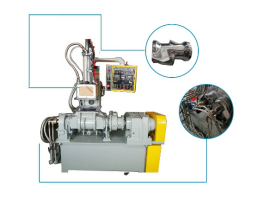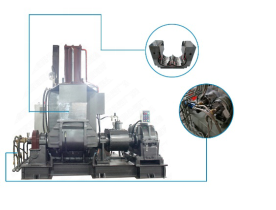According to the Centers for Disease Control and Prevention (CDC) data, heart failure is one of the most common causes of hospitalization in patients 65 years of age and older. To help reduce hospital admissions and reduce stress on the healthcare system, researchers at the University of Missouri in the United States have developed a bedside sensor that alerts seniors about impending heart problems. According to Science Daily, Marjorie Skubic, a professor of electrical and computer engineering at the University of Missouri and retired professor of education at Sinclair College of Nursing, Marilyn Rantz, said the technology could help elderly people with heart failure and reduce their chances of hospitalization. Skubic says the symptoms are manageable, and these bed sensors help detect early signs of disease. This sensor, which continuously monitors heart rate, is more convenient for the elderly because there is no need to wear any additional device. The bed sensor developed by Skubic uses a flexible water tube to measure blood flow through the body, with the sensor placed under the mattress. Rantz said the sensor can detect small changes to predict health problems. Researchers previously conducted research on patients with sensors showed that heart failure can be detected 1 to 2 weeks before onset, allowing patients to be treated in advance, avoiding evolving into serious illness and reducing hospitalization chances. Skubic and Rantz are researchers at the MU Center for Eldercare and Rehabilitation Technology, an interdisciplinary team of faculty, staff and students dedicated to investigating, developing and assessing the needs of the elderly Needed technology. The research team is currently working on a case study by the National Institutes of Health to design smart sensor systems early in life at disease centers. Also commissioned by the National Library of Medicine to conduct sensor data analysis of geriatric care devices. Cooling Type Dispersion Kneader
LINA Cooling Type Dispersion Kneader
LINA Dispersion Kneader with Cooling Function is mainly used for kneading rubber, because rubber is normally sensitive to high temperature and it is easy for rubber to generate heat in the mixing process due to friction. The main cooling method is water cooling system, which accesses water pipes in the mixing chamber and rotors to ensure a low temperature mixing environment for rubber materials. P. I. D. system is adopted in the temperature control system to ensure temperature accuracy.
Working principle of LINA Cooling Type Dispersion Mixer
The mixing chamber is made of advanced special steel, with surface treated with abrasion resistant steel, coated with hard chromium to provided excellent abrasion resistance and its service life 1-2 times longer than traditional dispersion kneaders. The mixing chamber is divided into tipping type and lifting type. Dry mechanical shaft seal is used to ensure easy maintenance and environment protection.
M-W pressing and molding mixing chamber of LN dispersion kneader is applied to ensure good abrasion resistance and even mixture of materials and optimized change of physical nature. 2-turning design is applied for leakage-proof device to largely enhance leakage proof performance, and the built-in dust collector allows for convenient and quick collection of dust.
Specifications of LINA Cooling Function Dispersion Kneader
LN Cooling Dispersion Kneader
Type
Size
Dimension (mm)
Weight (kg)
LN-LAB TEST (LT) kneader
0.5
1600*900*1900
800
1
1600*900*1900
800
2
1600*900*2000
900
3
1600*900*2100
900
5
1900*1000*2100
1200
10
2200*1350*2150
2500
LN-Mass Production
15
2200*1350*2150
4000
20
2500*1450*2450
3800
25
2500*1500*2500
4500
35
3200*1900*3000
6500
55
3300*2000*3100
7800
75
3800*2300*3200
10800
110
4100*2300*3400
16500
Cooling Type Dispersion Kneader,Temperature Control Internal Mixer,Water Cooling Banbury Mixer LINA Machinery Industrial Co.,Ltd , https://www.linakneader.com
